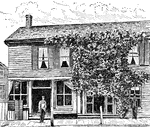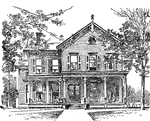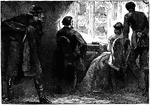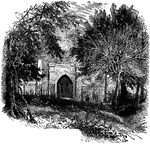
Washington's Seal (From a Letter to Bouquet, 1758)
Washington's Seal incorporates the same design which can be found in Washington's Arms. The coat of…
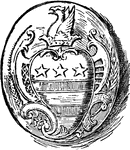
Washington's Private Seal, 1783
Washington's Private Seal incorporates the same design which can be found in Washington's Arms. The…

Washington Arms
The coat of arms of George Washington, President of the United States of America from 1789 to 1797,…

Mount Vernon in Washington's Day
Mount Vernon, located near Alexandria, Virginia, was the plantation home of the first President of the…

Triumphal Arch for the Reception of General Washington
A triumphal arch is a structure in the shape of a monumental archway, in theory built to celebrate a…
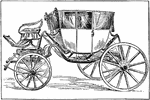
Washington's Coach
The coach that belonged to the first President of the United States, George Washington. A coach was…
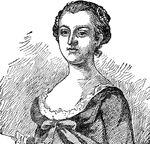
Martha Custis Washington
Martha Custis Washington (June 2, 1731 – May 22, 1802) was the wife of George Washington, the…
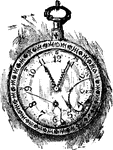
Martha Washington's Bridal Watch
Watch belonging to Martha Custis Washington (June 2, 1731 – May 22, 1802), the wife of George…

Washington's House in Fredericksburg
Ferry Farm, also known as George Washington Boyhood Home Site or Ferry Farm Site, is the name of the…
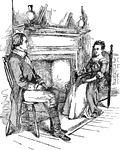
Colonel Washington and Mrs. Custis
George Washington meeting with the charming widow of Daniel Parke Custis, Mrs. Martha Dandridge Custis.…
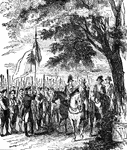
Washington Taking Command of the Army
Although he did not explicitly seek the office of commander and even claimed that he was not equal to…

First Inauguration of William McKinley
The first inauguration of William McKinley, the 25th President of the United States, on March 4, 1897.
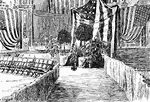
Interior of the Temple of Music Where McKinley was Shot
The interior of the Temple of Music at the Pan-American Exposition in Buffalo, New York where President…
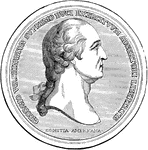
Washington's Congressional Gold Medal, Front
Since the American Revolution, Congress has commissioned gold medals as its highest expression of national…

Washington's Congressional Gold Medal, Back
Since the American Revolution, Congress has commissioned gold medals as its highest expression of national…

Montpelier: The Home of James Madison
Montpelier was the estate of James Madison, fourth President of the United States.
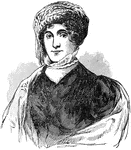
Dolley Madison
Dorothea Payne Todd "Dolley" Madison (May 20, 1768 – July 12, 1849) was the wife of the 4th President…

Washington's Headquarters at New York
The Morris-Jumel Mansion (also known as the Roger and Mary Philipse Morris House), located in historic…

Washington's Headquarters at Morristown
The Ford Mansion is part of the Morristown National Historical Park, and is located on a hilltop in…
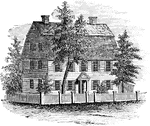
The Webb House
Joseph Webb House is a historic Georgian-style house in Wethersfield, Connecticut that was the site…
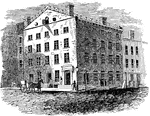
Fraunces Tavern
In August of 1775, Americans took possession of cannons from the Battery at the tip of Manhattan and…

Washington Resigning His Commission
At Fraunces Tavern on December 4, Washington formally bade his officers farewell and on December 23,…
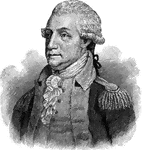
George Washington (1789)
The Electoral College elected Washington unanimously in 1789, and again in the 1792 election; he remains…

George Washington's House on Cherry Street, New York (1789)
In 1789, George Washington lived on Cherry Street, in a four-story mansion that belonged to Walter Franklin,…

Tomb of Monroe
The tomb of the fifth President of the United States, James Monroe. His grave is at Hollywood Cemetery…

George Washington's House on Broadway, New York (1790)
In 1788, he built a magnificent home on Broadway, which in 1790 was leased to become the president's…
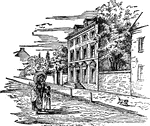
The President's House in Philadelphia (1794)
This house, located on the 500 block of Market Street, served as the executive mansion of the United…
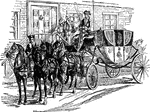
The President's Equipage
An elegant horse-drawn carriage with its retinue of servants is an equipage.

George Washington's Breakfast Table
The table at which President George Washington sat to eat his breakfast.
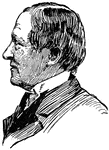
Levi Parsons Morton
Levi Parsons Morton (May 16, 1824 – May 16, 1920) was a Representative from New York and the twenty-second…
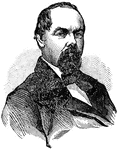
Oliver Perry Morton
Oliver Hazard Perry Throck Morton (August 4, 1823 – November 1, 1877) was a U.S. Republican Party…

Charles Willis Needham
Charles Willis Needham (1848-1935) was the seventh president of George Washington University.

Johnston Blakeley's Medal (Front
Johnston Blakeley (October 1781 - October 1814) was an officer in the United States Navy during the…

Johnston Blakeley's Medal (Back)
Johnston Blakeley (October 1781 - October 1814) was an officer in the United States Navy during the…
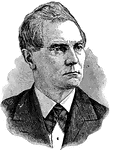
William Almon Wheeler
William Almon Wheeler (June 30, 1819 – June 4, 1887) was a Representative from New York and the nineteenth…

William and Mary College (1723)
The College of William and Mary is a public university located in Williamsburg, Virginia, United States.…
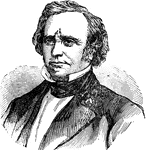
Henry Wilson
Henry Wilson (February 16, 1812 – November 22, 1875) was a Senator from Massachusetts and the eighteenth…
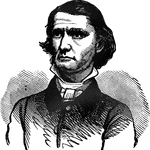
Henry Alexander Wise
Henry Alexander Wise (December 3, 1806 – September 12, 1876) was an American statesman from Virginia.…
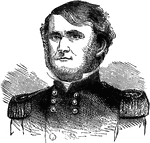
Leonidas Polk
Leonidas Polk (April 10, 1806 – June 14, 1864) was a Confederate general who was once a planter…
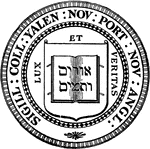
Seal of Yale University
Serious American students of theology and divinity, particularly in New England, regarded Hebrew as…

Josiah Quincy
Josiah Quincy III (February 4, 1772 – July 1, 1864) was a U.S. educator and political figure. He was…
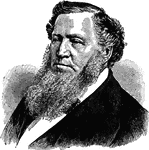
Brigham Young
Brigham Young (June 1, 1801 – August 29, 1877) was an American leader in the Latter Day Saint movement.…
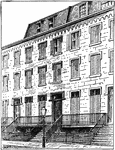
The Birthplace of Theodore Roosevelt
The birthplace of President Theodore Roosevelt in New York, New York.
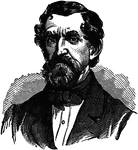
David F. Jamison
David F. Jamison (1810-1864) was one of the founders of the Citadel and was elected president of the…

Alexander Hamilton Stephens
Alexander Hamilton Stephens (February 11, 1812 – March 4, 1883) was an American politician from Georgia.…

Ulysses S. Grant
Ulysses S. Grant, born Hiram Ulysses Grant (April 27, 1822 – July 23, 1885), was an American general…
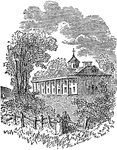
Mt. Vernon
Mount Vernon, located near Alexandria, Virginia, was the plantation home of the first President of the…

Edward Everett
Edward Everett (April 11, 1794 – January 15, 1865) was a Whig Party politician from Massachusetts.…
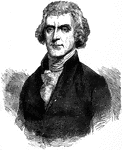
Thomas Jefferson
Thomas Jefferson (April 13, 1743 – July 4, 1826) was the third President of the United States (1801–1809),…
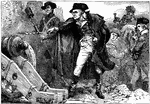
George Washington at Siege of Yorktown
An illustration of George Washington lighting a cannon at the siege of Yorktown.
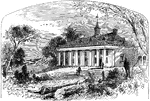
Mount Vernon
Mount Vernon, located near Alexandria, Virginia, was the plantation home of the first President of the…
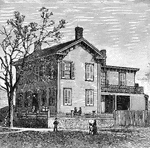
Home of President Abraham Lincoln
National Historic home of President Abraham Lincoln in Springfield, Illinois. Abraham Lincoln lived…
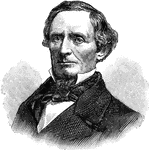
Jefferson Davis
Jefferson Finis Davis (1808 – 1889) served as President of the Confederate States of America for…
